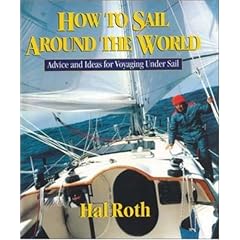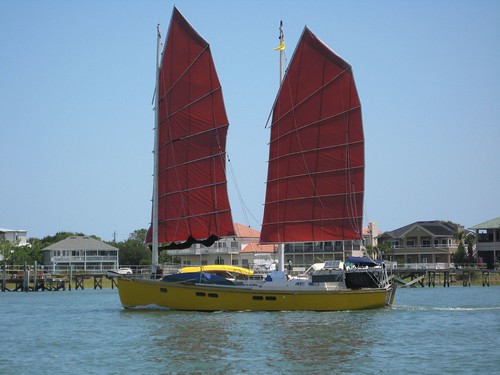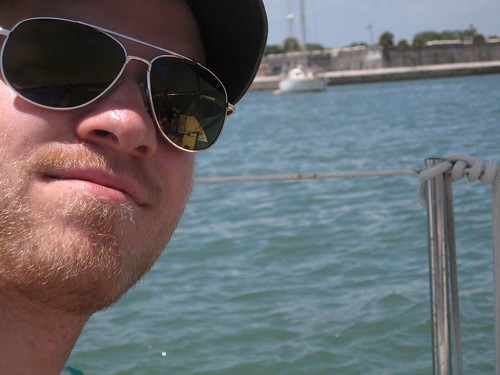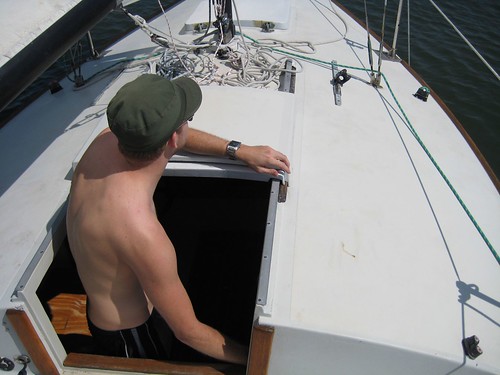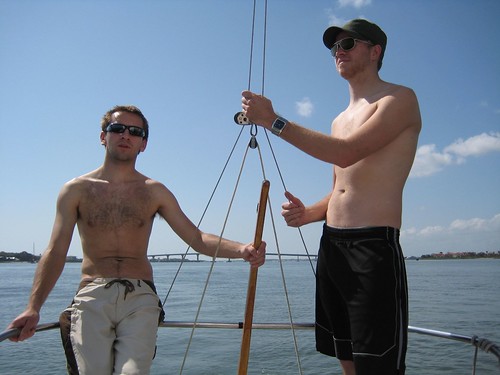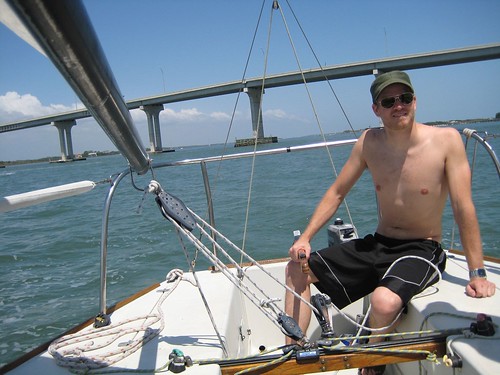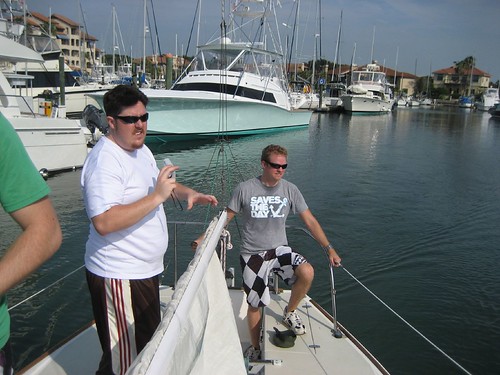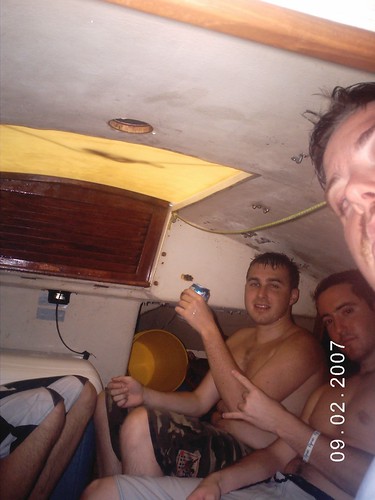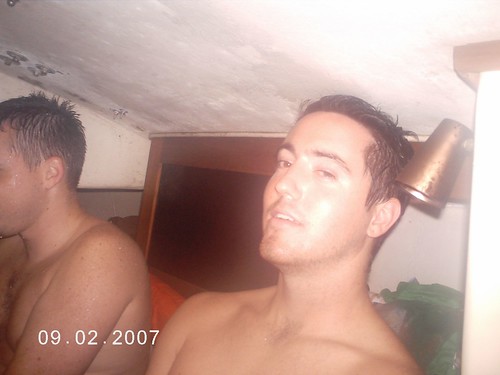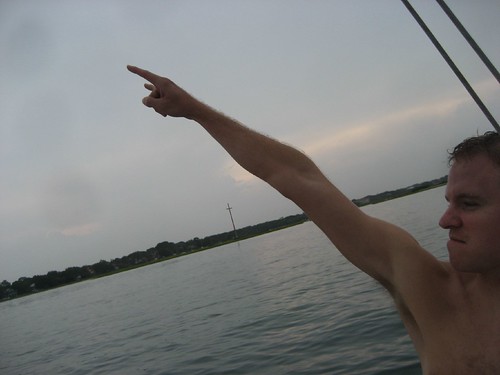The annual expenses of cruising come down to three categories: living expenses, boat expenses, and discretionary expenses. For each expense I will use a low ball number, this number is from the budget crew The Voyager's Handbook profiles. They represent a cruising couple on a 30 year old, 33 foot cutter with minimal equipment to keep them safely going. Keep in mind these numbers are for a couple, and I will budget that way if anything to be conservative. Their resources are very limited as are mine and they have to make every dollar count. The higher of the budget numbers represent the number I can see myself spending if I had whatever funds available due to working on the way, within reason. Of course, these numbers will change over time as I learn more and get more specific on when and where I am going. These are just rough, but educated estimates.
Living Expenses
Living expenses include all the recurring expenses necessary for day-to-day functioning of boat and crew. The following are the major categories of living expenses and my current estimation:
- Provisions - anything purchased to be eaten aboard plus paper goods, cleaning supplies, and toiletries fall into this category. I plan on eating fresh, local produce whenever available and fill my boat up on other items wherever they are the cheapest. I will always seek the best deal, buy in quantity, and eat inexpensive ashore. I plan on fishing as much as possible to supplement it all. One of the skills I want to develop on this journey is to be able to provide food for myself from the sea. This will minimize cost, be fun, and it's skill to last me a lifetime. Budget per year: $3,000-$4,500
- Entertainment - Entertainment is the most discretionary expense of the living expenses, so the money allocated to it tends to increase with the size of the budget. This is where most of the money I earn along the way will go. I am going on this trip for the main purpose of surfing, and that will be my ongoing entertainment. Of course, I will want to see and do other things along the way however. But I don't have to waste too much money. I can save money by sight seeing on a rental bicycle, a local bus, or on my own feet and hike and camp inland. I have all of the backpacking gear as is, so outdoor adventures will be cheap and something I am already into. I would need to minimize restaurant and bar expenses by eating on the cheap. Budget per year: $700-2,000
- Marina/Mooring - Paying for a slip or a mooring buoy instead of anchoring for free has become increasingly difficult in many parts of the world. Marinas have sprung up in even the most remote corners of the globe that once stood as anchorages. However, you are still likely to find free anchorages in most places if you look for them. It does take a certain amount of planning to avoid areas where security might be a problem, and to take on fuel, water and provisions without spending time in marinas. So there must be some expense planned. Budget per year: $400-$1,000
- Communications - This involves all calls, internet use, and stuff like that. It is becoming increasingly cheap to communicate around the world. There are internet cafe's in the least likely of places. I plan on communicating to family and friends through this blog, email, and other internet options for the most part. I will do calls occasionally, but they will probably be cheap too. Budget per year: $400-600
- Fuel - anything purchased at a fuel dock - diesel, gasoline, oil, transmission fluid, and water gets included here. I don't plan on using the engine all too much except for getting in and out of anchorages where I can't sail. I don't plan on using it to charge batteries because I will rely on solar panels. If there is no wind on a passage, I can sit and wait. My gasoline expense will be high for the outboard motor, however, because I will be using the dingy to explore and transport to and from surf spots. This can be minimized my rowing though. Budget per year: $700-1,000.
- Officials/Fees - This category includes harbor dues, clearance fees, visa fees, and transit fees for the Panama and Suez canals. I'll do everything possible to avoid these fees, but I still plan on running into them especially when clearing in and out and obtaining visas. Budget per year: $200-500
- Other - This category includes miscellaneous items such as clothing, laundry, haircuts, batteries, nonprescription medicine, books, magazines, charts, cruising guides, nonboat hardware and household items. Most of the money I will spend here will go towards obtaining adequate charts and guides for the next cruising area. I'll also have to spend some on clothing and batteries. But I can cut costs by doing my own laundry in buckets, trading books with other cruisers, and things like that. Budget per year: $600-1,000
| Low | High | Average | |
| Provisions | $3,000 | $4,500 | $3,750 |
| Entertainment | 700 | 2,000 | 1,350 |
| Marina/Mooring | 400 | 1,000 | 700 |
| Communications | 400 | 600 | 500 |
| Fuel | 700 | 1,000 | 850 |
| Officals/fees | 200 | 500 | 350 |
| Other | 600 | 1,000 | 800 |
| Total Living Expenses | $6,000 | $10,600 | $8,300 |
Up next I will talk about boat expenses.
